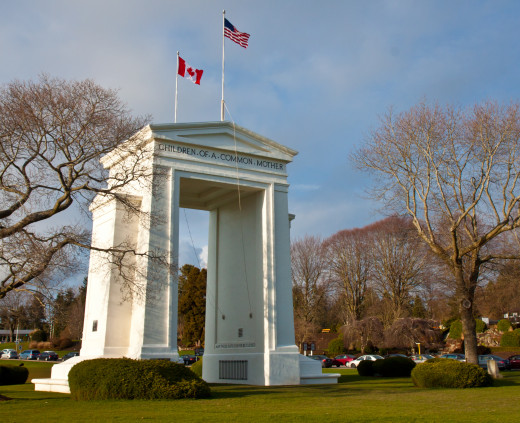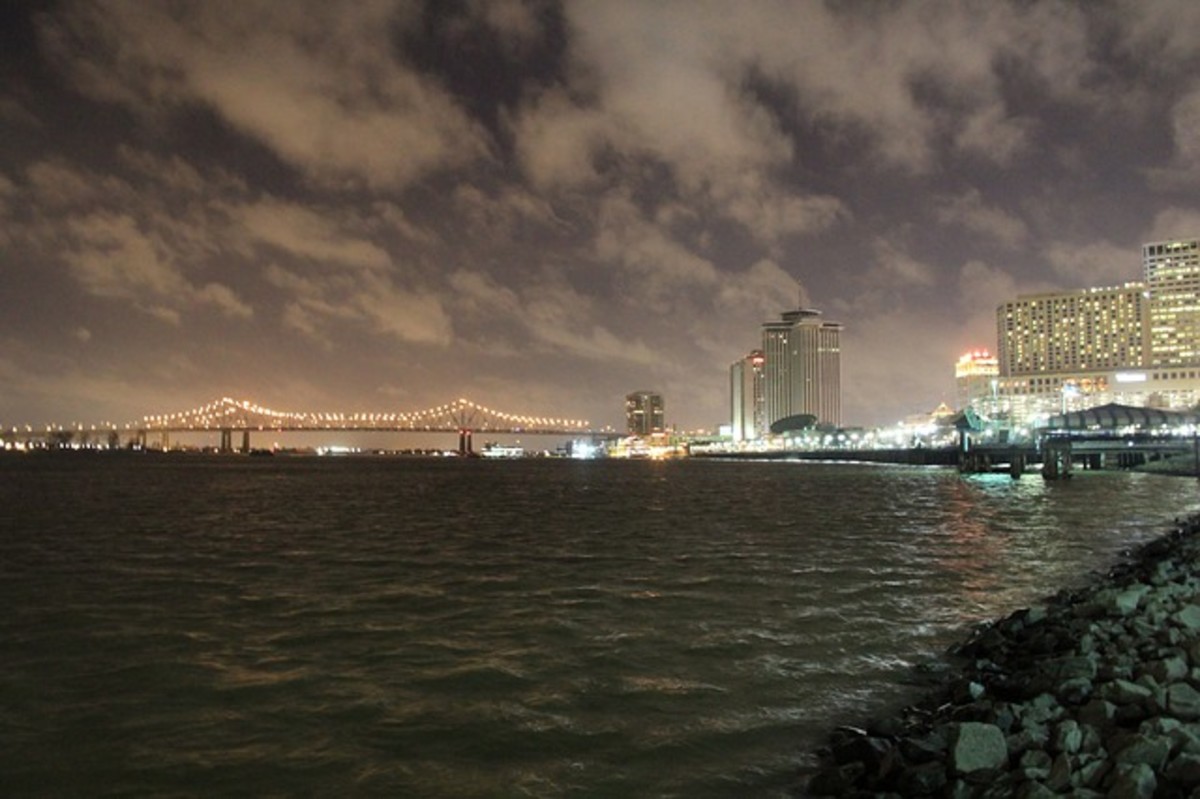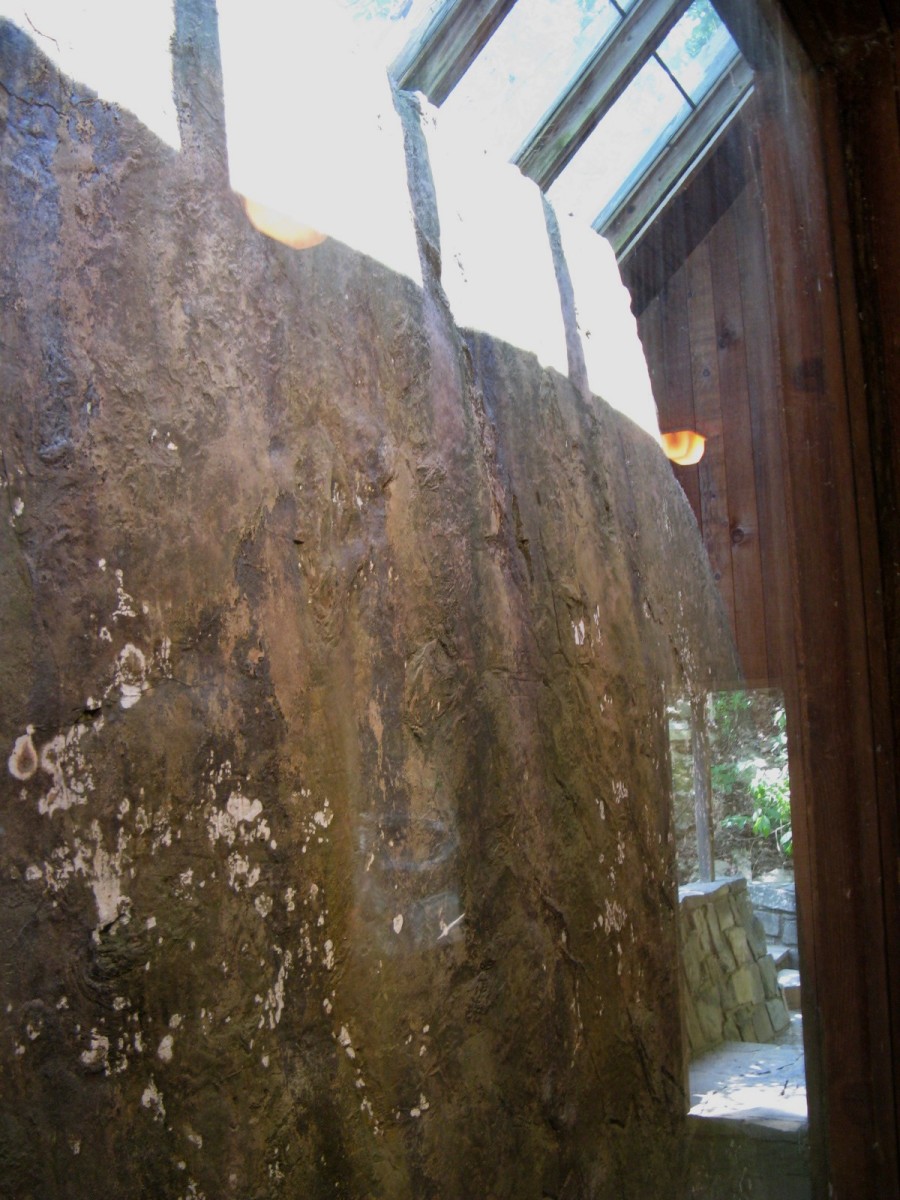Reading: North America Area Map, Gousha / Macmillan: a Review

Comprehensive and clear cartographic exposé of a shared Continent
North America Area Map, The H. M. Gousha Co., / Macmillan Publishing USA
...
Included in this map edition — actually containing two, main maps — is gazeteer-type information about various countries in the region. Contact details of the tourism offices in Washington, DC., of Continental Central America, plus basic country statistics, are given.
Looking at the respective land areas of Canada and, for example, Panama, one cannot help being struck by their disparity: 9,969,881 square km for Canada, against 77,078 square km for Panama, which, geographically and strategically, yet occupies a very significant area.
The two, principal maps are topographical and political/administrative respectively. As a Canadian looking closely at Canada's Great North, I was amazed to see just how far north Ellesmere Island National Park is situated: most of Greeland is above the Arctic Circle, yet Ellesmere Island is at a latitude virtually parallel with Greeland's northernmost extremity. (One can readily understand just how many faceted are issues of Arctic sovereignty that the Government of Canada under Mr Harper has been stressing in recent years.)
Another striking feature of North American geography which comes home to me, looking at this map, is the sheer length of Alaska's range of Aleutian Islands. Historically, in US-Canadian relations, the Aleutians occupy a significant, psychological place, since they provided the reason for the first major joint military campaign between the United States and Canada in World War Two. The Aleutians were repossessed from the Imperial Japanese invaders, and, it is noteworthy to recall that the Dominion Government, as it was then called, used personnel from the 'Zombie' army (that is, recruited for the defence of Canada, rather than for overseas deployment). Historically, this measure strongly implies the recognition of a shared Continent and a tacit acknowledgement of a shifting of a psychological locus from relations with Great Britain to participation in the affairs of the North American Continent.
Another feature which can be gleaned from such a map edition is the great disparity between population densities between many areas of North America. For example, if one already knows that the State of Rhode Island and the Province of Saskatchewan have appoximately the same population (just under one million inhabitants in each), the vastly different sizes of their respective territories is underlined. Which begs the question, in comparison with some US states, do not Canadian provinces require the government to become involved in functions which, in the United States, according to both ideology and propitious geography, can more easily be left for private enterprise to fulfill? I am not trying to make a political point here; rather, to suggest that some different mentalities in Canada and the United States may be driven to a certain extent by the exigencies of differing national geographies.
North America is a Continent of huge lakes; yet, significantly, even the size of its bigger lakes is driven by perception. For example, Lake Winnipeg is as big as Lake Ontario, yet does not count traditionally as one of the Great Lakes: this, despite the fact that Thunder Bay, ON and Duluth, Minn., are both situated on Lake Superior, and are both considerably nearer Lake Winnipeg than they are to Lake Ontario. This also surely implies that the locus of perception of the size of the Great Lakes lies away from the western and northern reaches of the expanses of water known as the Great Lakes.
Then, again, Lake Champlain, shared between the United States and Canada, but mainly in the United States, is hardly visible on the Gousha / Macmillan map of North America, yet it is interesting to note that some years ago one of the New England state governors formally declared that Lake Champlain, too, was one of the Great Lakes (with a view to obtaining the release of funds designated for Great Lakes projects).
So where does geography end and perception begin? or does not the concept of geography imply from the outset human interaction with the topographical and natural environment?
In my humble view, a map is successful when it balances clarity with the inclusion of optimum amounts of detail, and according to these criteria the Gousha / Macmillan edition achieves this. (Those of us with eyesight not as clear as in years past might, however, find some of the typeface a little small.)
August 8, 2013
MJFenn is an independent writer based in Ontario, Canada.
Other of my hubpages may also be of interest
- Reading: Waterfront Trail and Greenway Mapbook, Mississauga, Ontario: Dun-Map Inc., a Review
- Reading: Tracy Hanes and Betty VanHoogmoed, Niagara Region, Oshawa, Ontario: Marco Polo Imp.; MapArt
- Reading: Richard T. Wright and Stan Garrod, Canada: The Scenic Land, North Vancouver, BC: Whitecap B
- Reading: Ed Whitcomb, A Short History of Saskatchewan, 2005: a Review
- Reading: James P. Lee, Golf in America, Montreal, Quebec: Legacy Golf, 2001: a Review





